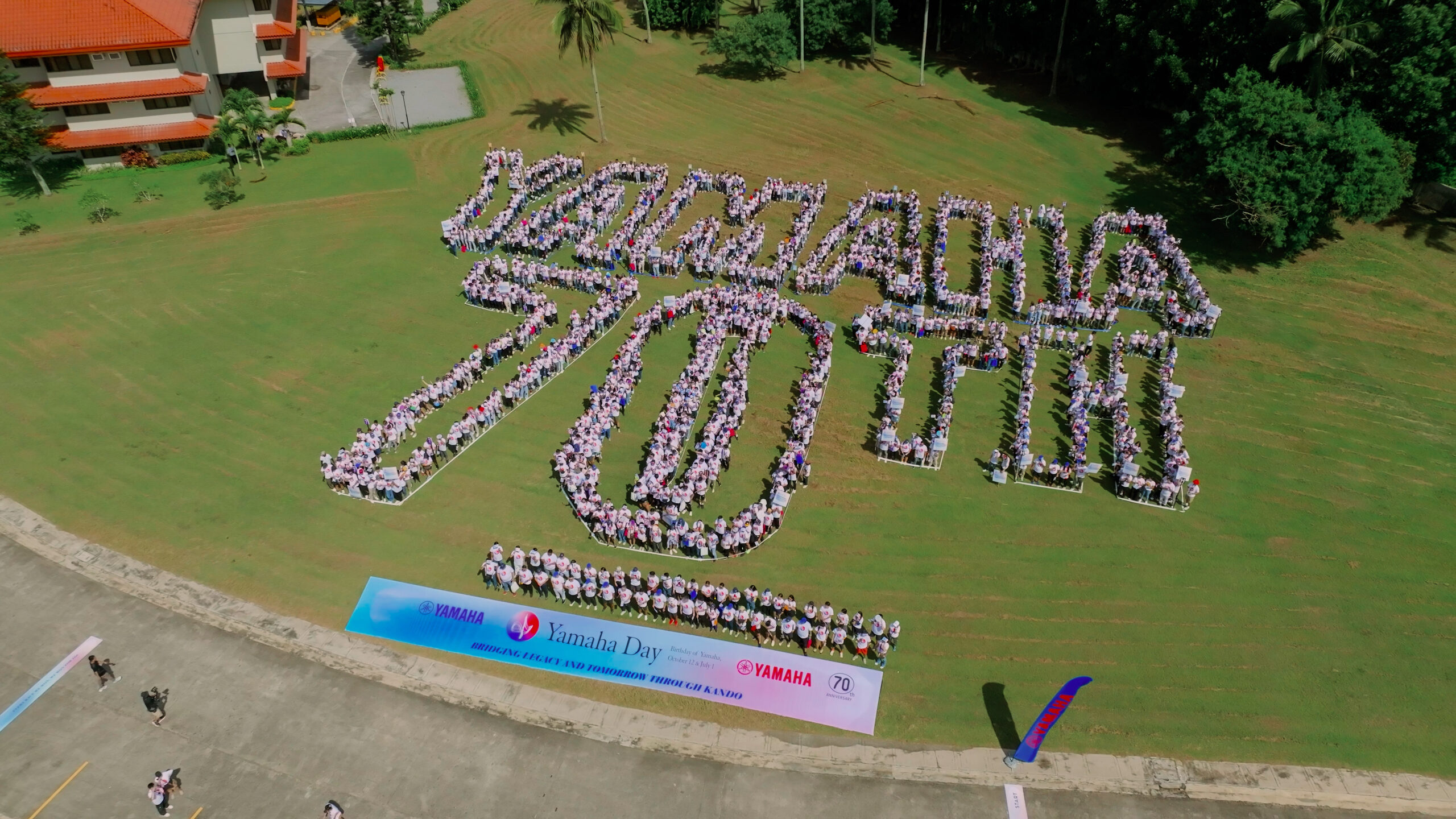DOTr Releases Road Transport Guidelines for “New Normal”
Share this
The Department of Transportation released the guidelines for the Road Transport Sector as Metro Manila and various areas in the country will be placed under General Community Quarantine this June 1.
For GCQ areas, wearing of face masks at all times, implementation of no-contact measures such as cashless payments, use of thermal scanners, availability of alcohol and sanitizers in PUVs, disinfection of high-touch surfaces of vehicles, establishment of disinfection facilities in various public transport terminals and contact tracing will be strictly enforced.
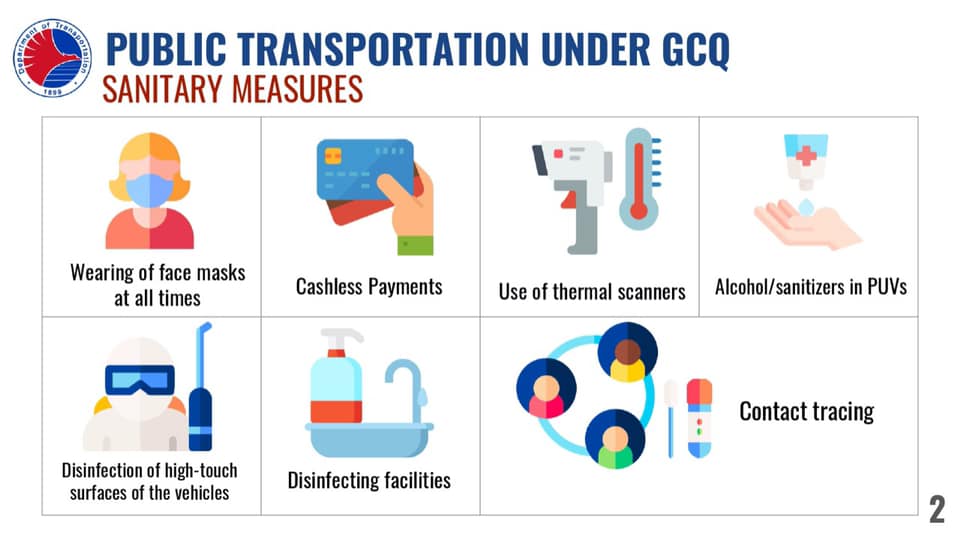
Two phases will be executed for allowing the operation of different modes of public transportation. During Phase 1 which is from June 1 to 21, trains and bus augmentation, taxis, TNVS, shuttle services, Point-to-Point buses and bicycles will be allowed to operate with limited passenger capacity. Tricycles will also be allowed, subject to the prior approval of the concerned LGU. No provincial buses will be allowed to enter Metro Manila.
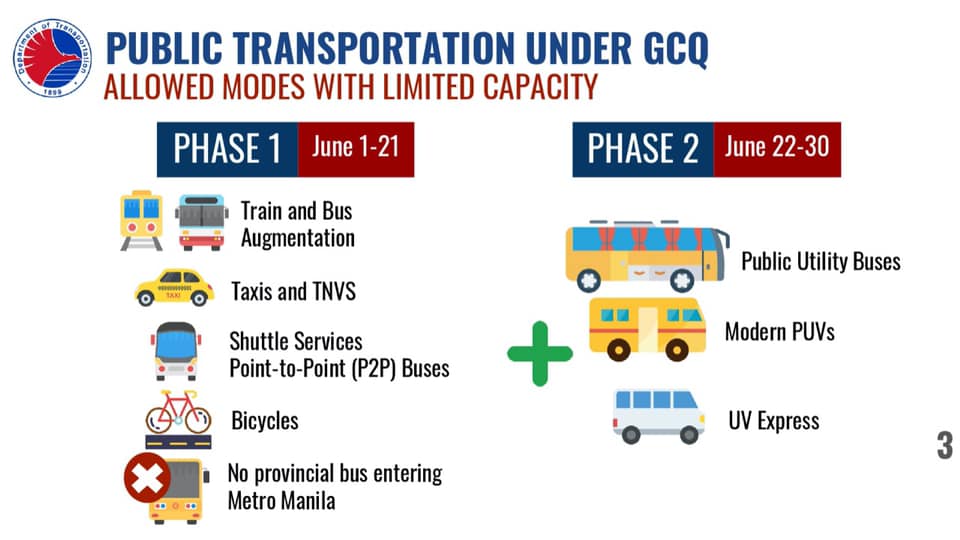
From June 22-30, the Phase 2, Public Utility Buses, Modern PUVs and UV Express will be allowed to operate with limited passenger capacity along with the initial set of transport modes that were allowed to operate during Phase 1.
The 1-meter social distance rule between persons will be strictly enforced inside all the PUVs and mass transport units.
To minimize physical contact and face-to-face interaction to prevent the spread of COVID-19, modernization initiatives of the DOTr include automatic fare collection system (AFCS) for cashless payment transactions, electronic toll collection and GNSS/GPS. The DOTr will also pursue and promote online transactions in licensing, registration and other documentary requirement. Set to run in NCR on June 1 is the Public Transport Processing System developed by LTFRB which will allow transactions to be made online, except publication and hearing of cases.
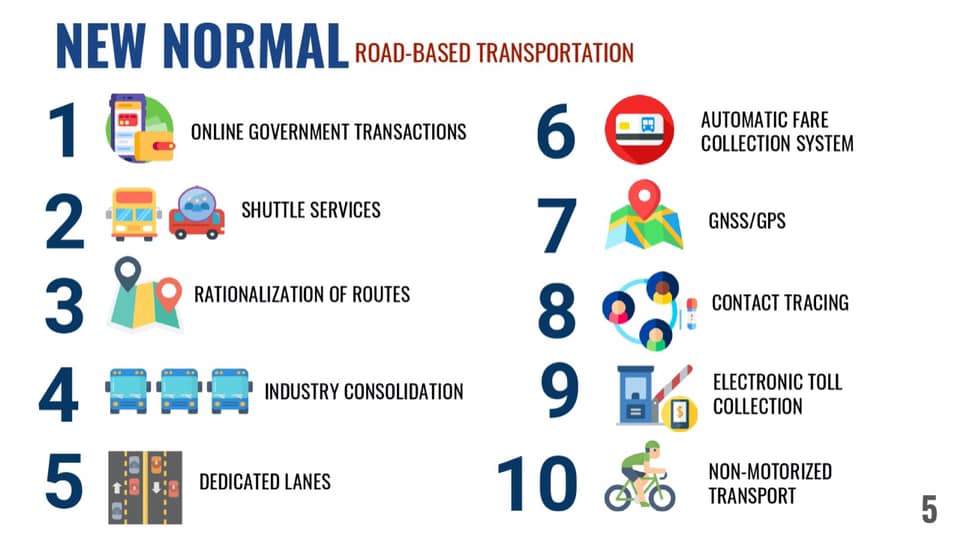
Other institutional changes are Routes Rationalization for more effective traffic management; Industry Consolidation to make it more efficient and financially tenable for stakeholders; encouragement of use of shuttle services for students and employees; and promotion of the use of non-motorized transport such as bicycles to maintain physical distancing, provide environmental and health benefits and promote efficient road space use.
There will also be a system in EDSA where dedicated lanes will be set forth for buses as well as designated lanes for bikes, and Pedestrian Crossing and Bus Boarding Areas will be put in strategic places.
Credit: DOTr
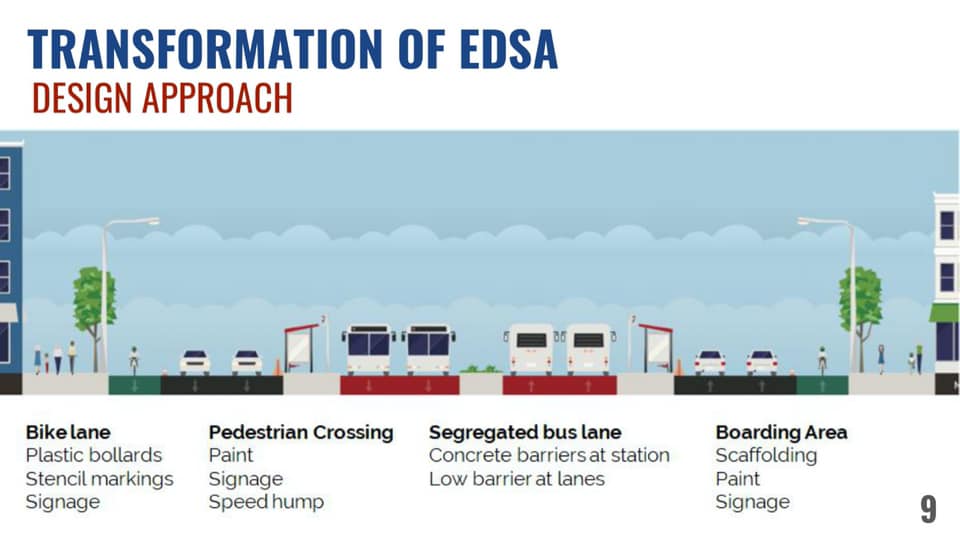
Thank you for visiting insideracing.com.ph. You may express your thought below through the comment section. You may also follow us on Facebook, on Instagram @Insideracingnation or on our YouTube channel.














